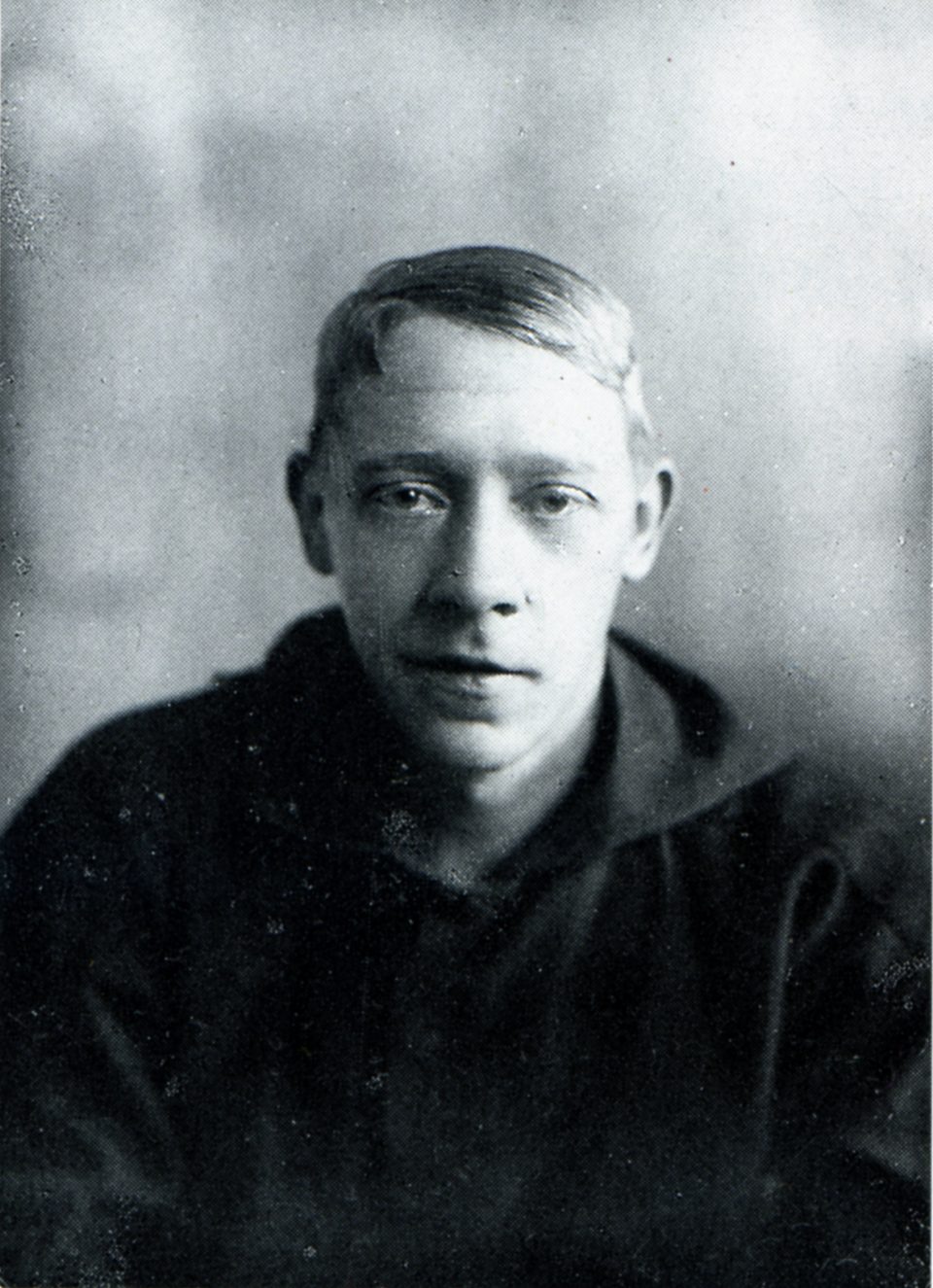The Avant-Garde represents the new ideals that are introduced in art, changing the rules set by the previous artists, proposing different criteria for the judgement of art. As the French philosopher Henri de Saint-Simon stated in 1825, “We artists will serve you as an Avant-Garde, the power of the arts is most immediate […] What a magnificent destiny for the arts is that of exercising a positive power over society, a true priestly function and of marching in the van [i.e. vanguard] of all the intellectual faculties.” This implies that the main change that the Avant-Garde brings to the art world is the notion of originality introduced by the artist’s vision instead of a simple reproduction of nature on canvas. Therefore, the radical change that Avant-Garde introduces relies on the challenges imposed by these new ideas, processes and forms. Hence, controversy becomes crucial in defining a new idea of art. The Avant-Garde spread across Europe and comprises different movements; in the case of the Russian Avant-Garde, it includes mainly Suprematism, Futurism and Constructivism.
on the right: Model of Tatlin’s Tower in the courtyard of the Royal Academy, London
Tatlin’s Model for the Monument to the Third International was designed in 1920 as the headquarters for the Third International – the Communist organization that intended to spread the revolution on a global scale. The aim of the construction of this new monument was to create a symbol for the Russian Revolution. Tatlin’s tower represented the ideals of Constructivism in a combination of faktura – which is the use of specific material properties of an object – and tektonika – the presence of an object in the space. This 400-metre-tall construction reflected the modern industrial society that was becoming Russia after the 1917 Revolution; it even competed with the Tour Eiffel, a symbol of modernity built in 1889 and located in Paris, the artistic centre in the West at that time. What both architectures had in common was the emphasis on form and the exposure of the skeleton of the buildings. Thus, an engineering project would look like an artwork, so that its ‘essence’ would become part of its aesthetics without the need of covering it up as if the machine was something aesthetically unpleasant.
on the right: Vladimir Tatlin, Corner Counter-Relief, 1914, Sheet metal, copper, wood, and metal attachment elements, The State Russian Museum, Saint Petersburg
The materials used for the tower would have been iron, glass and steel. The choice of these specific materials is important because they symbolise the progression of industry in Russia – the prerequisite to become a modern country – which was tied to the promotion of socialist ideas through the work of the proletarians. What is really interesting about this artwork is that Tatlin does not design a memorial to the past but rather a utopian structure that combined the elements of material, shape and function never conceived before in this way, emphasising how the mechanical process of construction could be considered art. This visionary characteristic is key to the notion of Avant-Garde because it presents ideas never applied before. The artist does not seek to reproduce an old master artwork, he is rather looking at the future and imagining how a new conception of art could be generated by taking utilitarianism as the starting point. Tatlin’s tower proves to be the best example of Russian Constructivist Avant-Garde because, as the Soviet art critic Viktor Shklovsky defined it, it is a monument “made of steel, glass and revolution.” This type of ‘revolution’ in art is particularly interesting from the point of view of the use of Tatlin’s material, so much so it can be said that the artist laid the foundation for the study of material culture, which established that art is determined by its openness to new forms. Tatlin was looking for those forms which would express the properties of their materials most fully. The origin of Tatlin’s interest in the study of the relationship between volumes and space can be traced back to his visit to Picasso’s studio. What struck the Russian Avant-Garde artist the most was the use of different materials, which pushed Tatlin to experiment first in the form of ‘painterly reliefs’ and later to complete autonomous three-dimensional shapes like in the case of Monument of the Third International. As this artwork shows, Tatlin was interested in the expansion of art into the space of the everyday which results in a fusion of art and life.

Although Monument of the Third International was never built because of the lack of funds and the complex construction, it existed only in the form of wooden models that Tatlin and his students constructed and exhibited in public. Even though the original was never built, this does not take away the importance of the project itself. Tatlin’s key concept that emerges is the connection between art and the machine. It is easy to misinterpret this connection as the mechanization of art but its true meaning is the transformation of a machine by means of art.




I fell in live with the Monument as an art student… it works on so many levels – the concept, the shape, the scale!!… and a real shame it was never built.
I completely agree with you Marsha! Tatlin was really able to change the perspective on art thanks to this piece. They actually have made different attempts for the construction but the project – because of its proportions – could be also defined as utopian, as most of Tatlin’s artworks are!